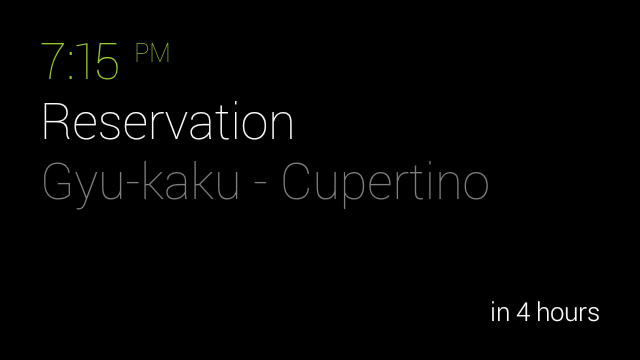Google has added some new features to Glass in the latest software update for its experimental face-based computing device. There’s a new video player with simple tap to start/pause, swipe to fast forward and rewind commands, and new voice commands for posting an update or taking a note that uses Path or Evernote glassware by default if you have them installed.
Google has chosen these partners based on opportunity it seems, and promises that there will be more supported Glassware apps that can use these and other new default voice actions in time. So presumably, once Facebook offers a Glass app that does more than just photo sharing, you’ll be able to select that as the default option for posted updates, though it isn’t exactly clear how things will work beyond Path and Evernote just yet.
Google also added a new Volume control card in settings, and made it possible to check your timeline and use other features of Glass while on an active video call. This mutes your camera and closes down your POV video feed, until you return the call to the foreground.
Also new are contextual voice commands while navigating for hands free operation, voice captioning for photos and videos and the ability to add hashtags to both as well, voice commands that are better at recognizing strings of things at once, better SMS support that shows you messages sent from your phone as well as Glass, and some new Google Now cards. The new cards include reservations drawn from your Gmail, nearby movie showtimes with posters, public alerts and the ability to send birthday messages for birthday reminder cards.
Once again, Google has dropped a whole slew of new features in a Glass update, and it really does look like it’s moving forward with making this a more generally usable product. All the updates so far have focused on features that will either make the experience of using Glass more natural, or make Glass more feature-rich for everyday activities. Whether or not that’s going to result in a product that normal people actually want to wear on their heads remains to be seen.
